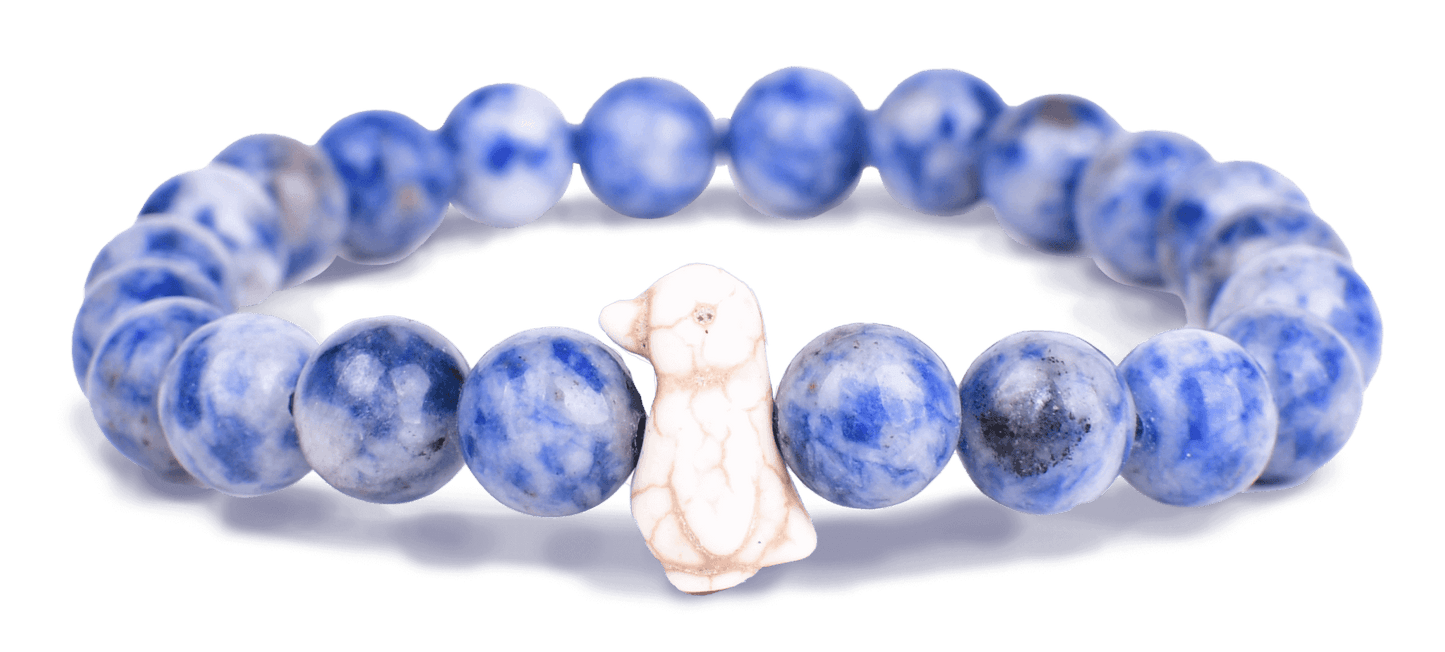
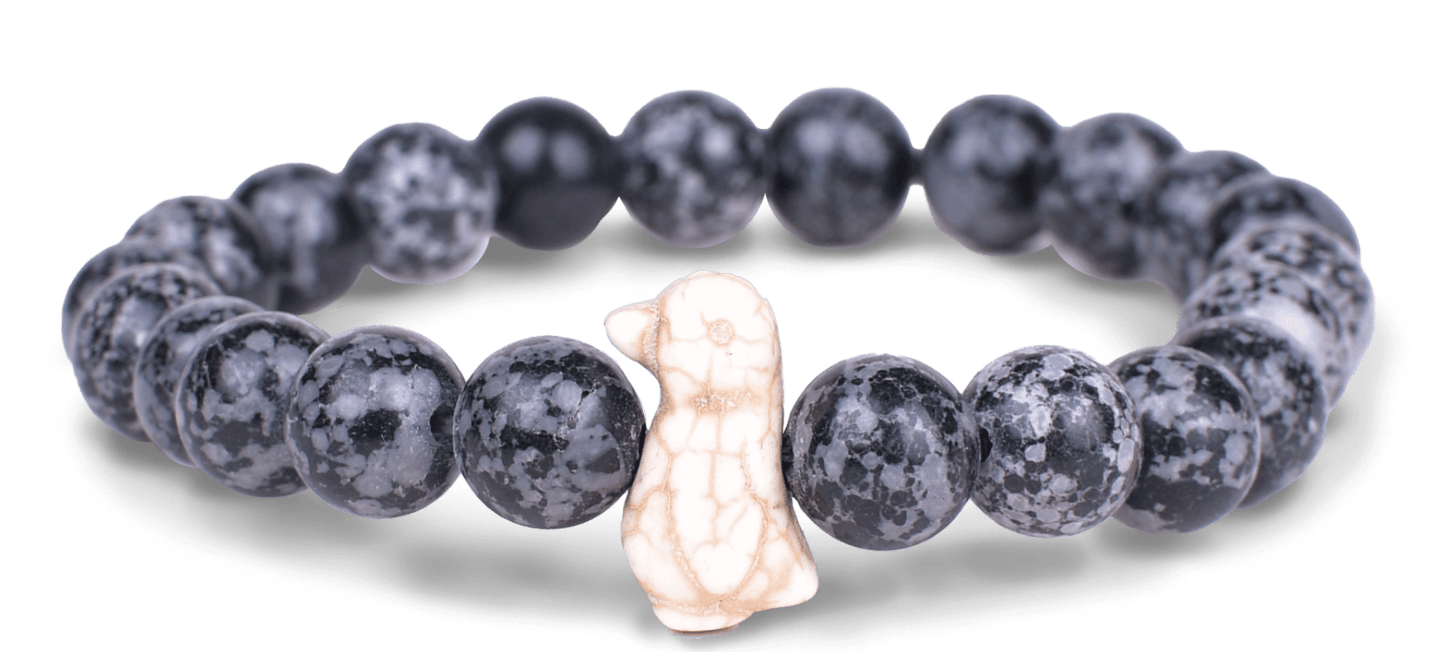
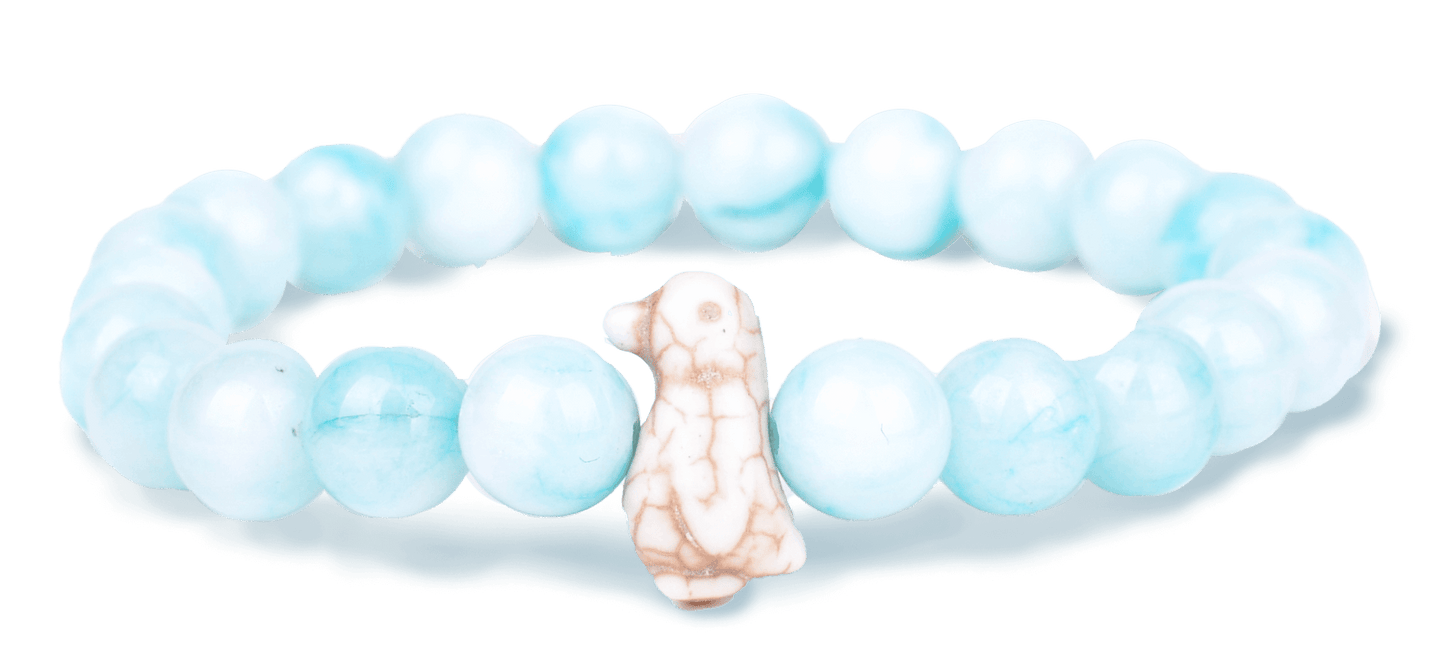
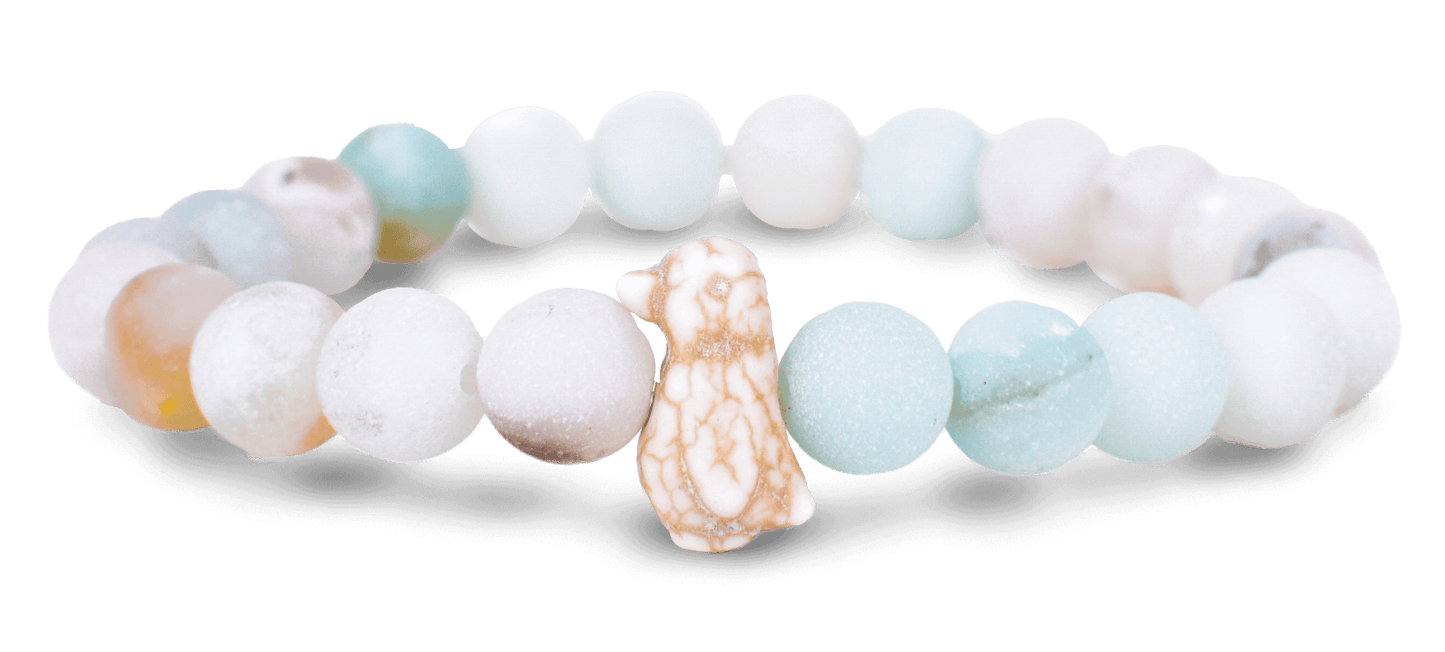

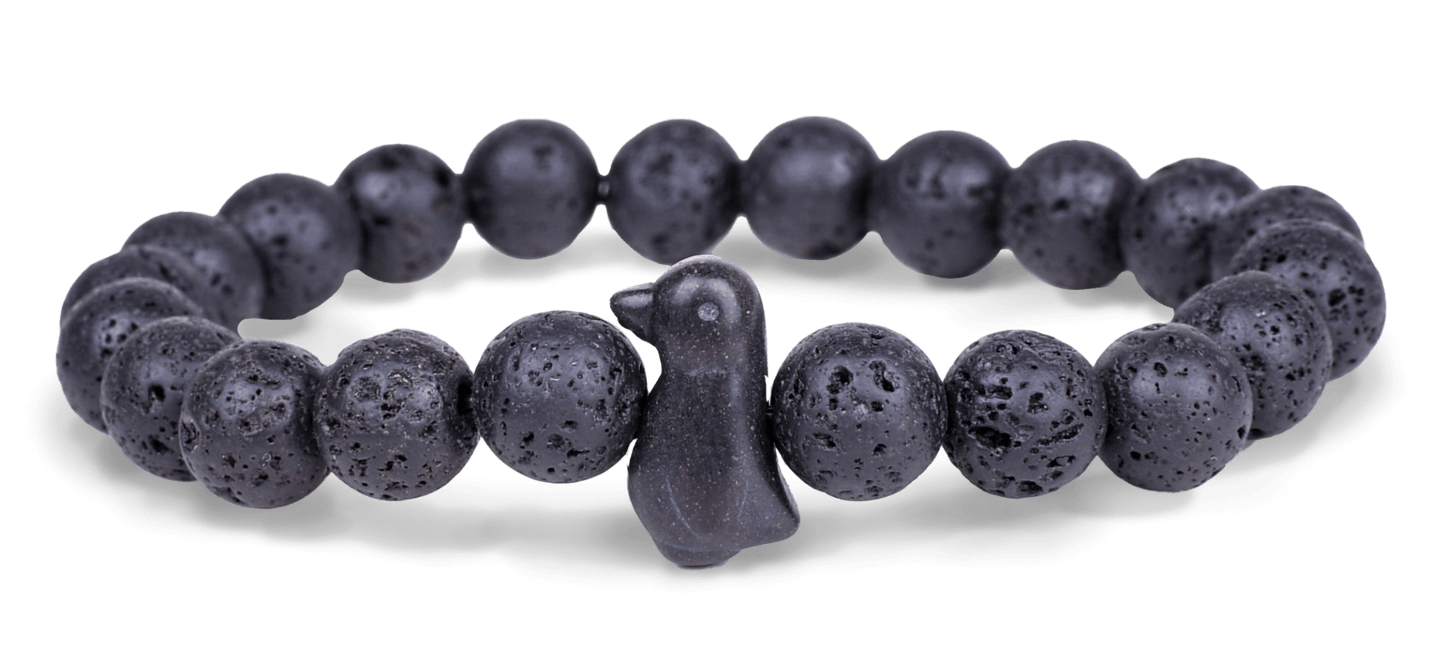
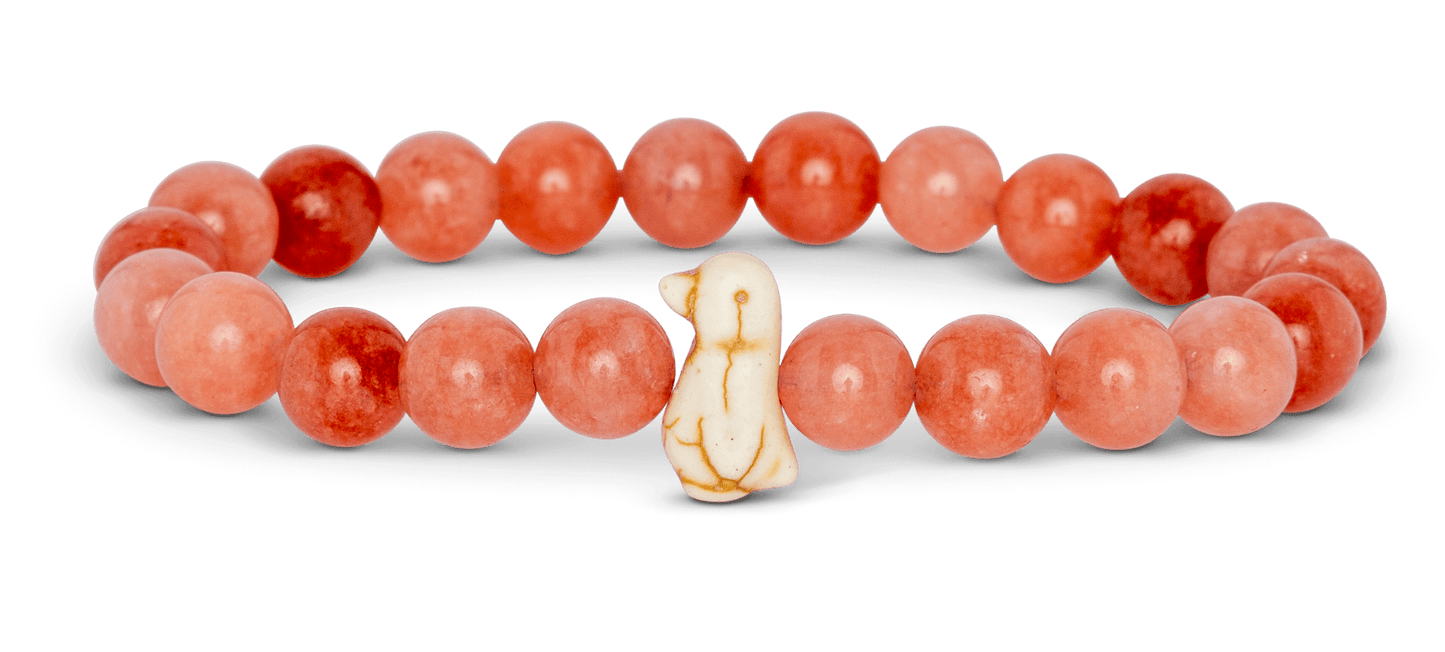
Each Bracelet Comes With
a Real Penguin To Track
Each Bracelet Comes
With a Real Penguin To
Track

Each bracelet comes with a real penguin to track

Gain knowledge of their amazing stories, age, and how many chicks they have
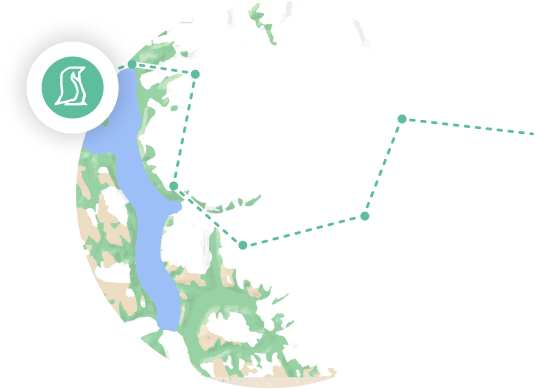
Follow their incredible passage on an exclusive tracking map

In partnership with the Global Penguin Society
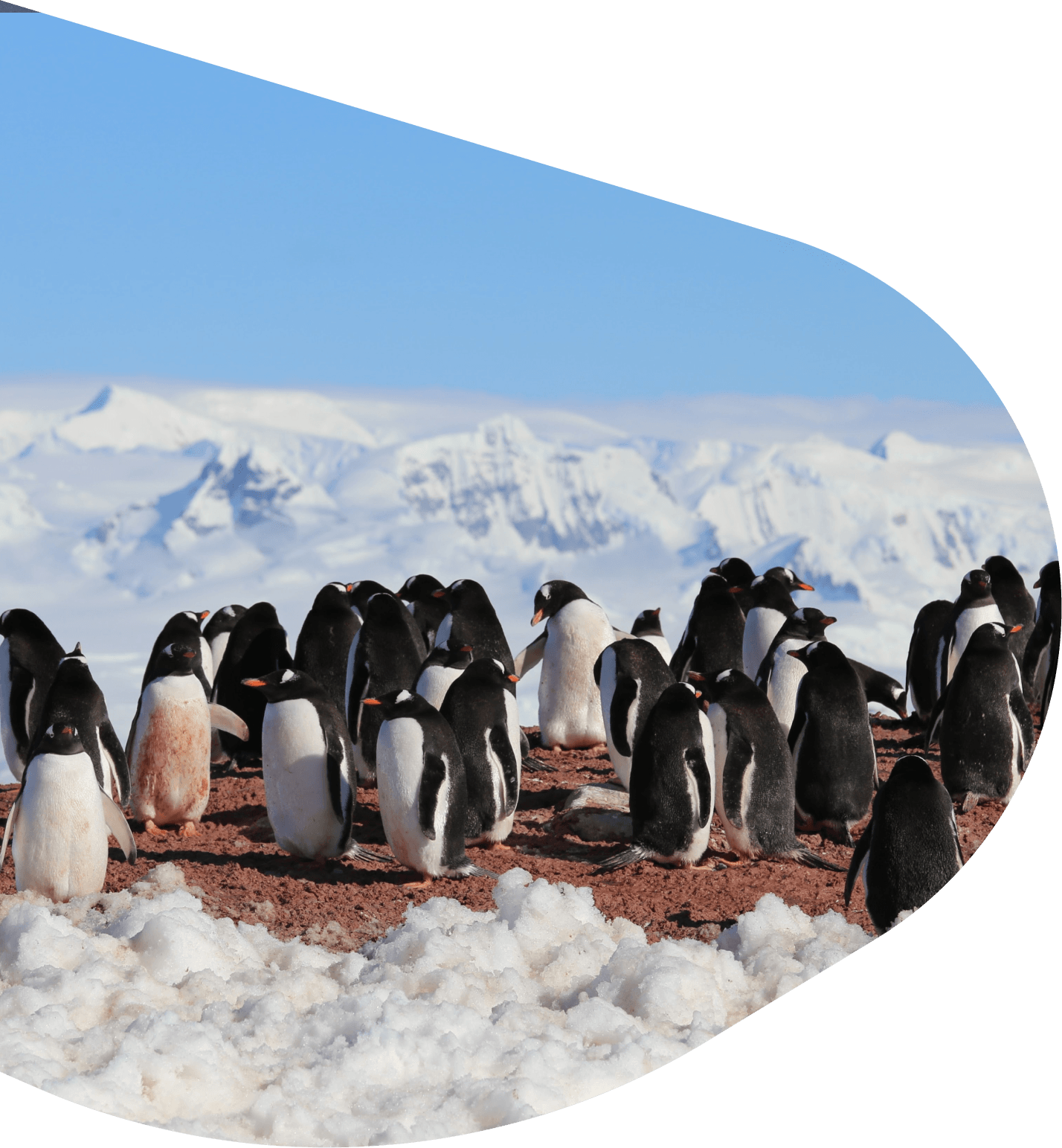
A portion of all proceeds are donated to the Global Penguin Society, the first and only international organization dedicated exclusively to the conservation of the world's 18 penguin species. Your purchase will help their conservation, and secure a future for penguins in a rapidly changing world
One small bracelet.
One big mission.

Common Questions
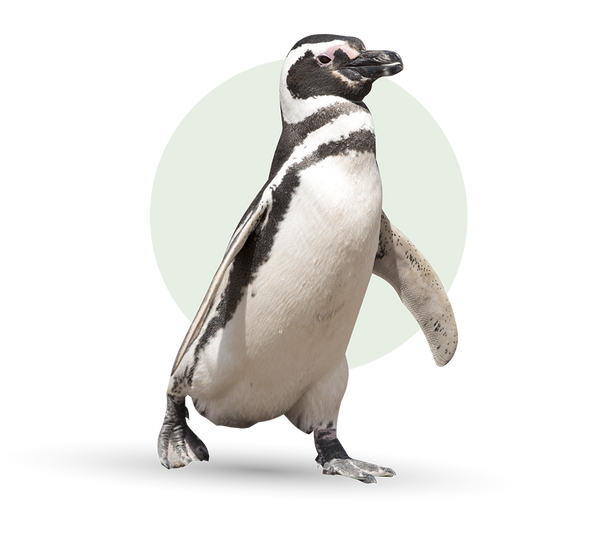
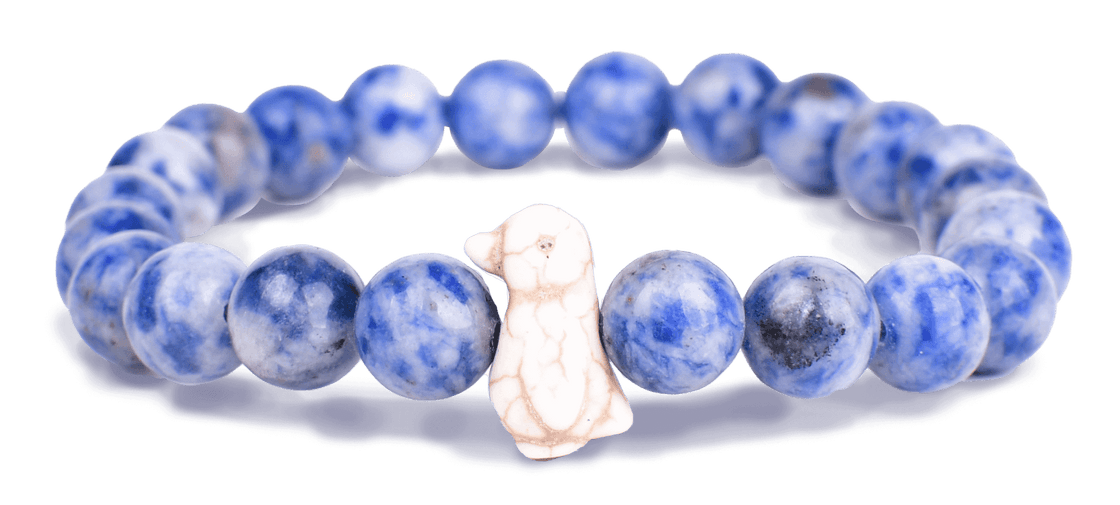
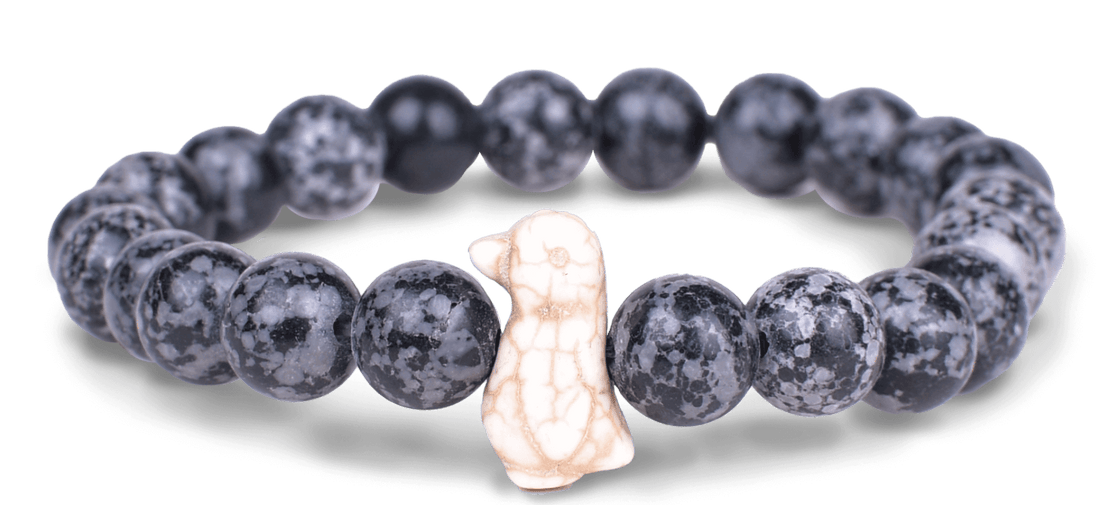
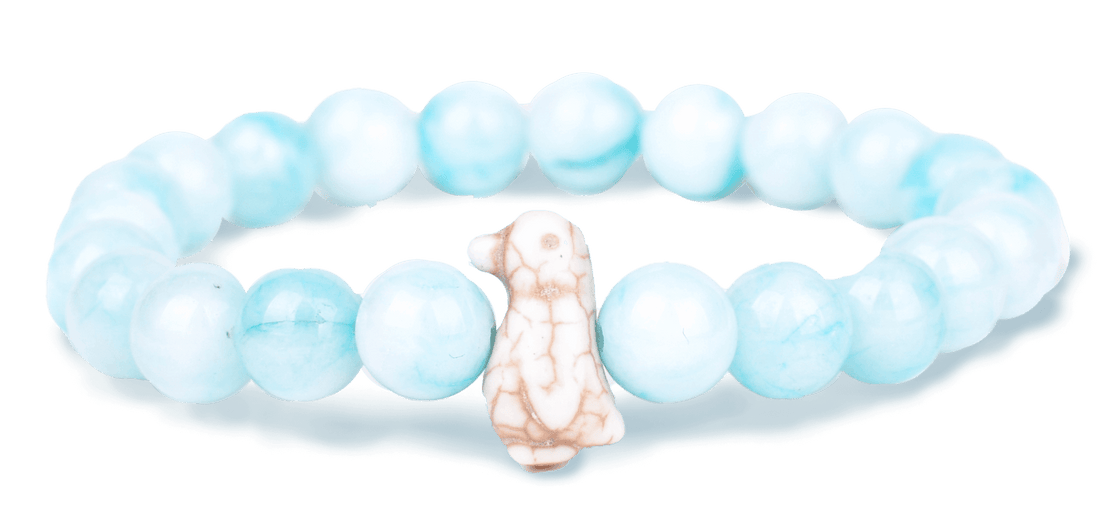
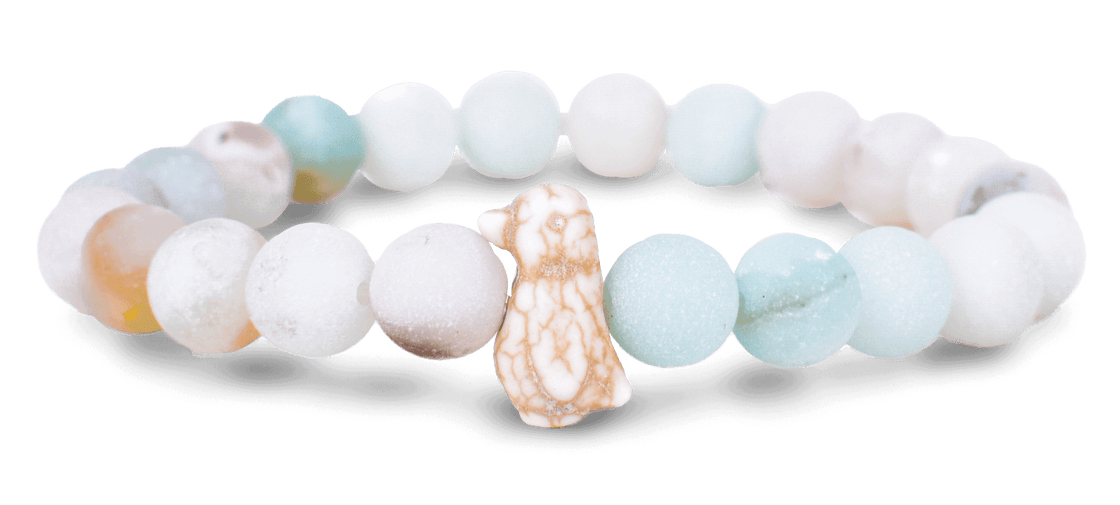

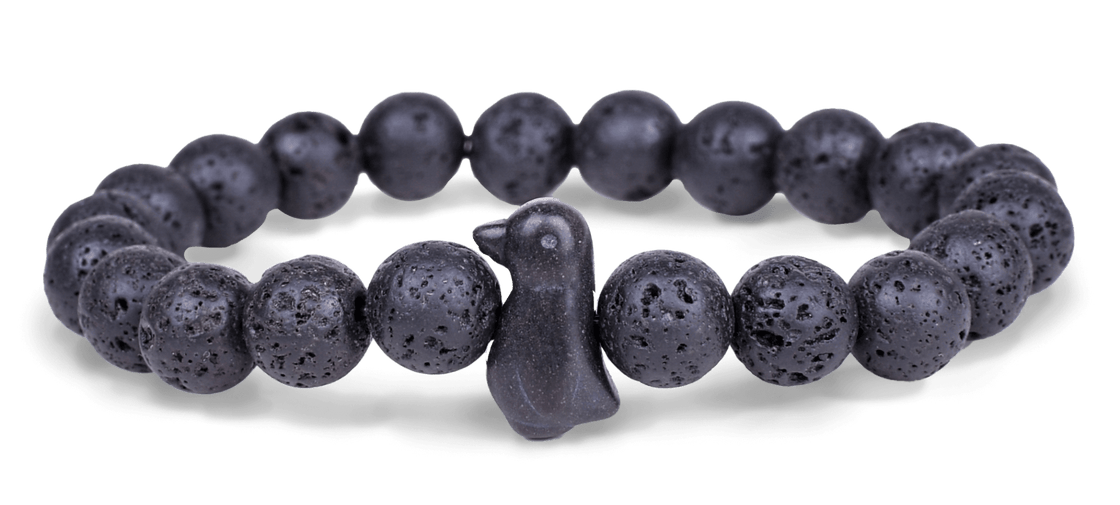
 If you add 3 or more, you get free shipping!
If you add 3 or more, you get free shipping! Each order helps support the Global Penguin Society
Each order helps support the Global Penguin Society Sizing: Elastic, one size fits most
Sizing: Elastic, one size fits most SSL Secure Checkout
SSL Secure Checkout Worldwide Shipping
Worldwide Shipping Dedicated Customer Service
Dedicated Customer Service 100% Happiness Guarantee
100% Happiness Guarantee